
You may be tired of the outdated popcorn ceiling or want to eliminate the rough finish, so knowing how to remove texture from walls can be the easy and cost-effective DIY change you are looking for.
There are various methods to update wall textures to a smooth finish. This guide outlines the best ways to remove different wall textures, including the necessary materials, challenges, and costs involved. Continue reading to learn!
Can You Remove Texture from Walls?
The short answer is yes, absolutely. In fact, it is a common renovation project for homeowners who want to update the look of their space or improve the wall surface for repainting or refinishing. Removing wall texture is a task that requires time and patience and it can be a reason to hire a handyman, but with the right steps, it is very much achievable.
4 Different Wall Textures
Some of the most common types of textured walls include knockdown, orange peel, heavy, and popcorn. Each of these textures can dramatically affect the aesthetic and feel of a room, making removal an important task for homeowners looking to update their space.
1. Orange Peel Texture
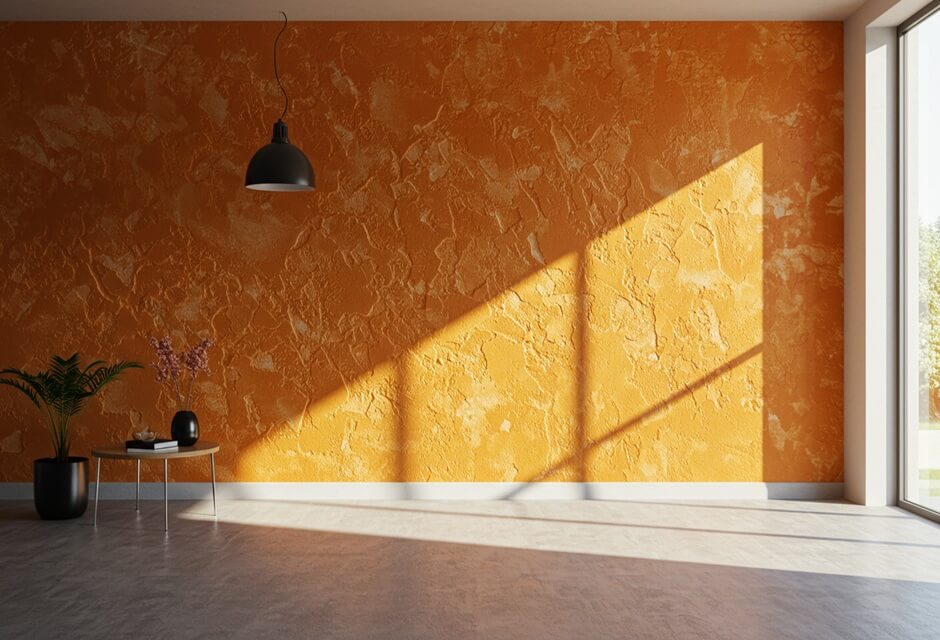
This texture resembles the dimpled surface of an orange, offering a smooth yet subtly bumpy finish. It is a favorite in modern homes because it hides minor wall imperfections while maintaining a clean look. Its versatility makes it suitable for a range of interior styles, from contemporary to traditional.
2. Knockdown Texture

A more pronounced variation of orange peel, knockdown texture features larger, flattened bumps for added depth. It adds visual interest to walls and pairs well with both rustic and modern designs. Its rugged finish also helps conceal wall flaws, making it both stylish and practical.
3. Popcorn Texture
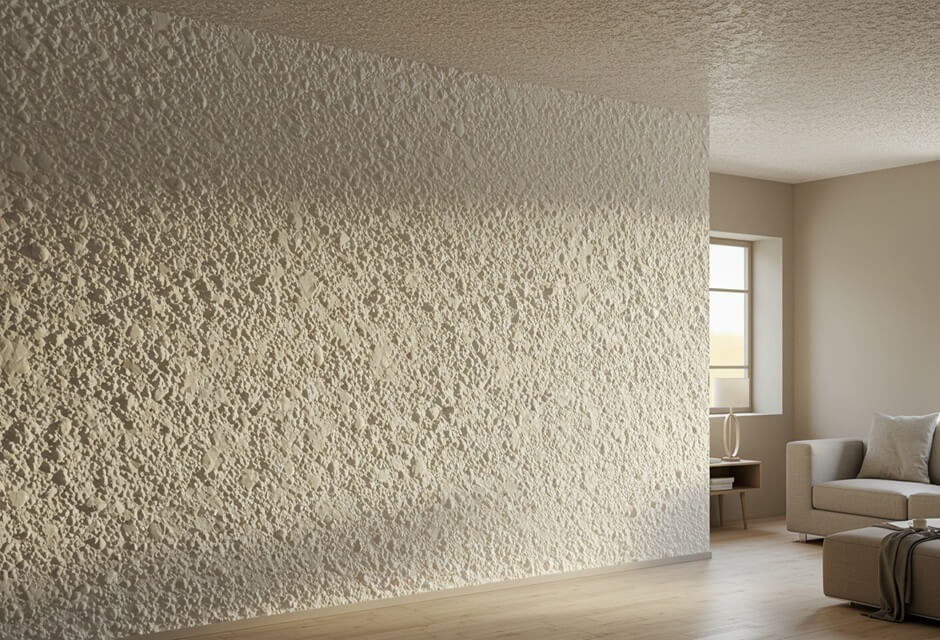
Primarily used on ceilings, popcorn texture has a stippled appearance that also occasionally shows up on walls. Known for its sound-dampening properties, it was popular in mid-century homes. However, it is challenging to remove, often requiring professional help.
4. Heavy Texture
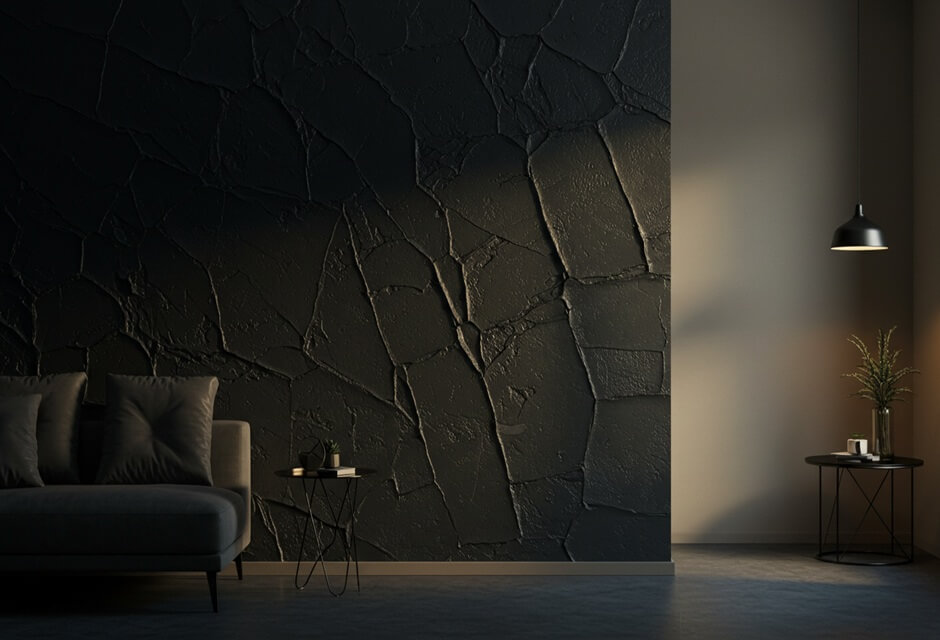
This rough, uneven texture is common in older homes and creates a bold, dramatic look. Its pronounced surface adds character and works well in vintage or rustic designs. While striking, its ruggedness can trap dust and requires more upkeep compared to smoother finishes.
Best Ways To Remove Texture From Walls
When removing texture from walls that are painted, the method depends on the type of texture and the tools you have at your disposal. Keep reading to find out the most effective techniques for each kind of texture:
Use A Scraper And Water For Orange Peel Or Knockdown Texture
To remove orange peel texture from walls effectively, the most common and widely used approach is to first soften the texture with water, allowing it to loosen and become easier to scrape off. Here is how you can do it:
- Score the texture lightly with a utility knife to break the surface.
- Spray the wall with water using a spray bottle. Allow it to soak for 15-20 minutes.
- Use a scraper to gently remove the softened texture from the wall. Be careful not to damage the drywall beneath.
- Once the texture is removed, sand the wall smooth to prepare it for painting.
This method works best for lighter textures, such as orange peel or knockdown, as these finishes are less dense and easier to soften and remove.
Dry Scrape For Popcorn Texture
To remove textured paint from a wall, such as a popcorn finish, the process is generally more labor-intensive and requires a bit more effort compared to lighter textures. This is due to the popcorn texture's thicker, more pronounced nature, making it harder to scrape off.
First, check if the popcorn texture contains asbestos, especially if your home was built before 1980. If safe, use a drywall scraper or putty knife to remove the texture, starting at a corner.
After removal, patch any damaged drywall. Wear a mask or respirator, and keep a vacuum available to manage dust. This is why the popcorn ceiling removal cost can be a bit higher than lighter textures.
Sand And Plaster For Heavy Texture
If you have and want to remove heavy texture on walls, such as those commonly found in older homes, you may need to sand the surface thoroughly before applying a new finish. Check the steps below.
- Use a drywall sander or a pole sander to remove the top layers of textured paint.
- After sanding, you may need to apply a thin layer of joint compound to fill in any grooves or imperfections to repair the drywall.
- Sand the compound smooth and paint the wall to your desired finish.
This method, though physically demanding, is highly effective for achieving a smooth, polished wall surface. The effort in sanding out heavy textures is worthwhile for a flawless, modern finish in your space.
Cost Of Removing Wall Texture
DIY costs for removing textured paint range from $30 to $100, depending on the materials needed. Professionally, it typically costs $1 to $3 per square foot, with total expenses influenced by the area size and texture type.
If you would like to know more about the handyman's cost to remove texture from walls, call Wisercosts today and get a quote!
 Let a handyman give you an estimate on your project
Let a handyman give you an estimate on your project


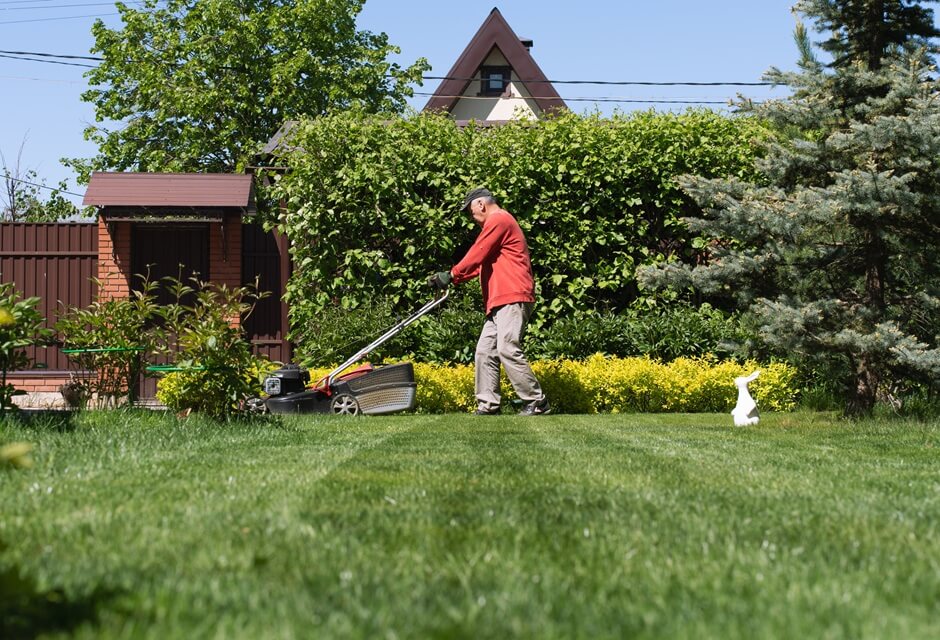
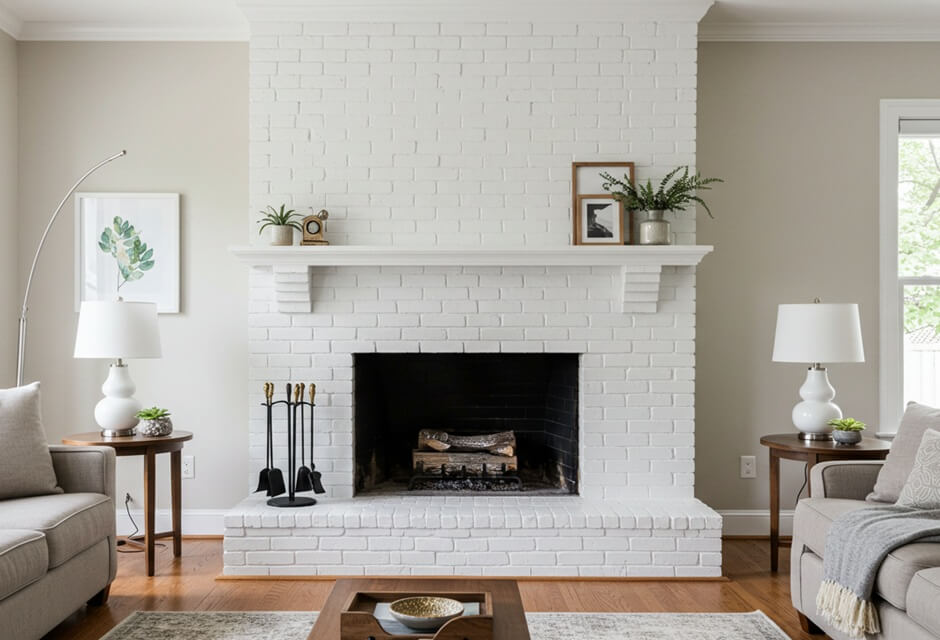
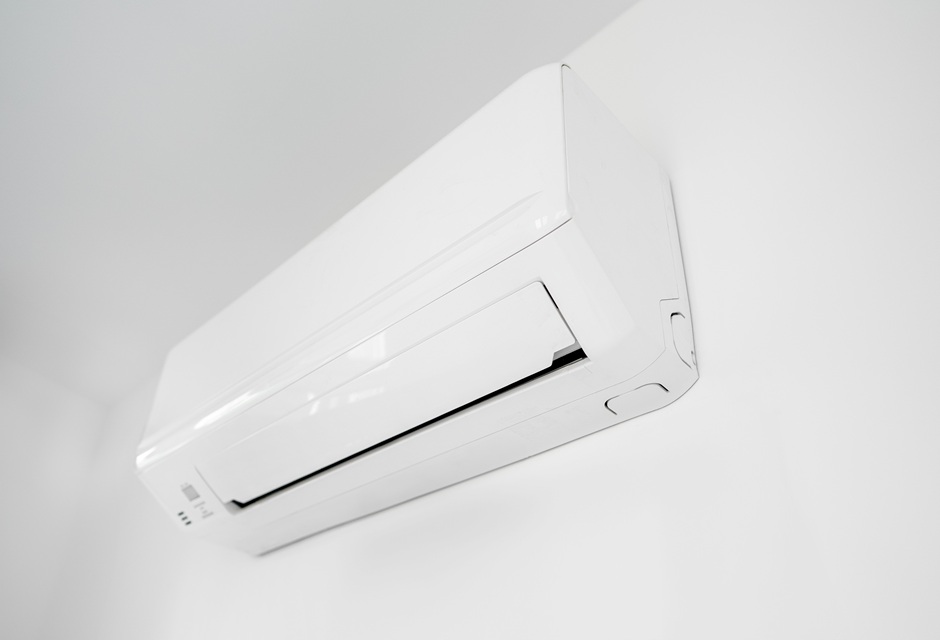
 Member of the
Member of the